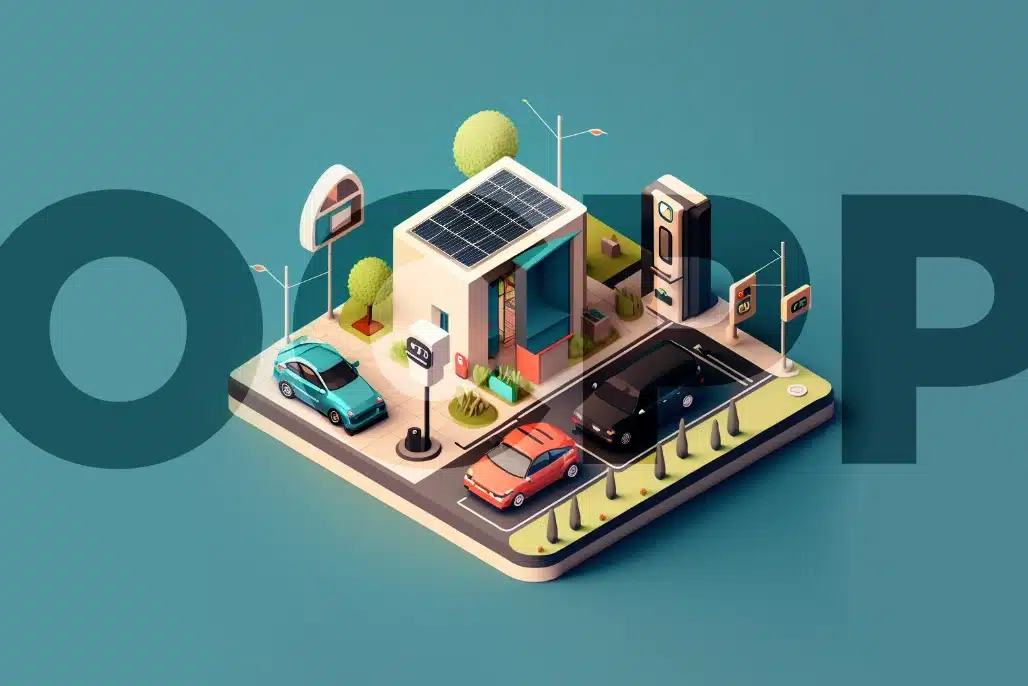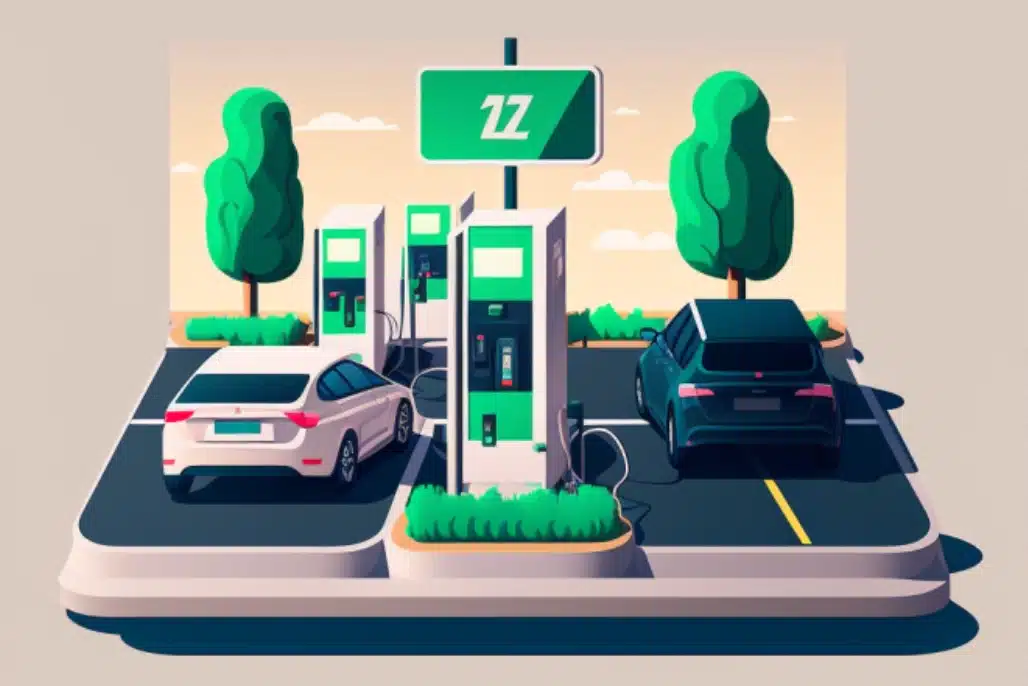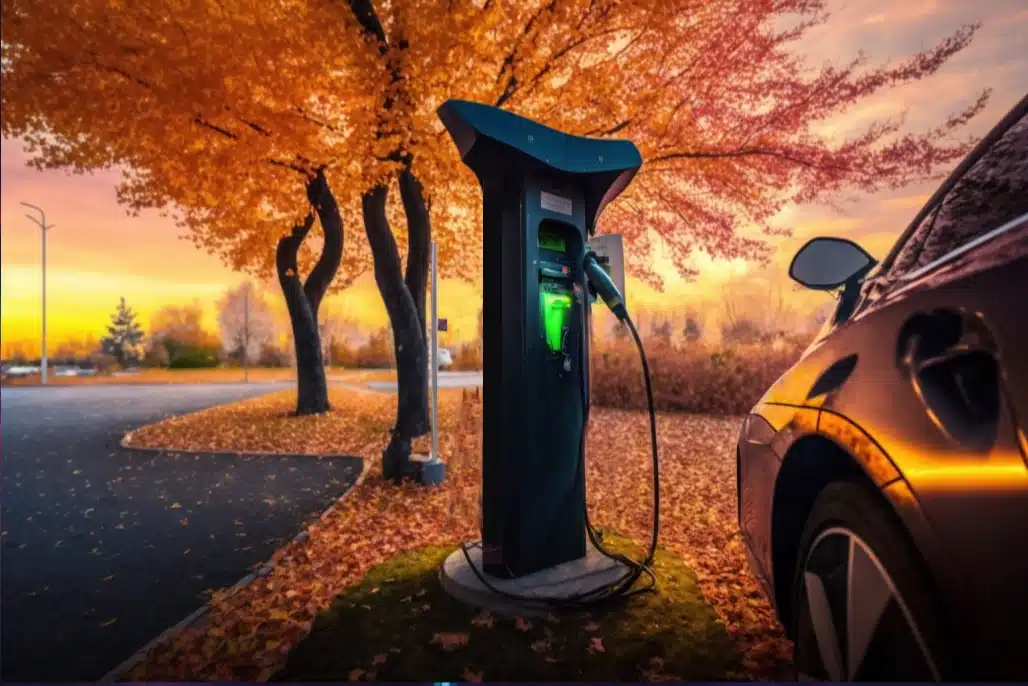
The Age of Big Coal
I remember the fun-filled times of the early 1970s when the coal miners were working to rule in the UK, and as a result, coal reserves were running extremely low at many power stations across the country.
Times were different then. There was little diversity in electricity generation, and aside from the relatively small nuclear generation industry, coal provided the means to generate the vast majority of the UK’s power needs at the time.
As a result of this shortfall of capacity, rolling blackouts were sometimes put in place, and we often sat with candles during the early evenings listening to battery-powered radios in lieu of the local news or children’s programmes on TV.
If we did have power, the government had instructed all of the TV channels to close down at 10:30 pm, which admittedly was after my bedtime, to conserve power through transmission but also through the millions of TVs that would be switched off early around the country.
In industry, workers faced a three-day working week that was introduced to save power across the board but also had a significant knock-on effect of reducing take-home wages.
Thankfully, similar situations have been avoided (for the most part) since, primarily through better management of resources and an increase in the range and diversity of electrical generation methods. Things have become a little more resilient all around.
Unfortunately, for business and home users of electricity, the power of generation and reliable supply remained out of their hands - they were dependent on the electrical grid for provision and maintenance of supply.
It would be in the hands of planners in government and, to more extent, private companies as to whether or not there would be enough power for the electrical grid at all.
The Age of Local Renewables
As we’re seeing now with the rapid expansion of data centres, increasing fuel prices, and decommissioning of environmentally unfriendly coal power stations, things can get a little tight at times in this age of ‘just in time living’ in everything from supply chains to the electrical grid.
Fortunately, however, it is becoming more affordable and, as a result, increasingly more popular to take control over the electrical supply to your premises or residence in recent years.
With the increased efficiency and lower production costs of Solar PV panels, for example, both residential and commercial users have been able to install on-site generative capacity to either supplement or, in some cases, completely replace grid reliance altogether.
Wind power, too, has become almost ubiquitous across many countries and though out of reach for most individual residential users, groups have gotten together to fund farms of turbines to power local communities, and larger businesses themselves have begun to invest in farms for their own specific requirements.
With this ability to generate power on-site, it’s becoming increasingly essential to manage local generative capacity as efficiently as possible in optimising such things as:
Distribution of Generation
Should energy be diverted to batteries, the grid, or local systems such as EV chargers or immersion heaters when excess is available?
Battery Storage
Ensuring that batteries are charged in line with their charge profiles and prepared sufficiently for predicted times of demand such as night time or periods of low wind.
Optimising Lifetime of Components
Plan maintenance of wind turbines for periods of low wind, periodic cleaning of PV panels, servicing and/or replacement of electrical components such as inverters, breakers, or outdoor wiring.
There seems to be an evert increasing trend toward micro-generation and local power supply systems for both residential and commercial customers and though I have no doubt that the electrical grid will remain for large scale power production and distribution - more and more customers will become generators as well as consumers of electrical power.








